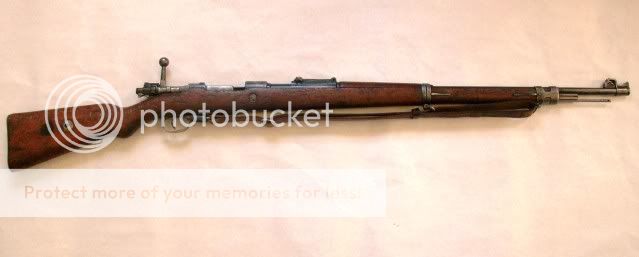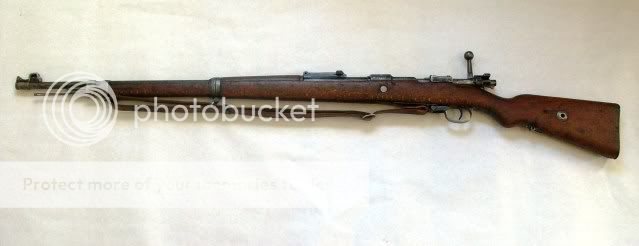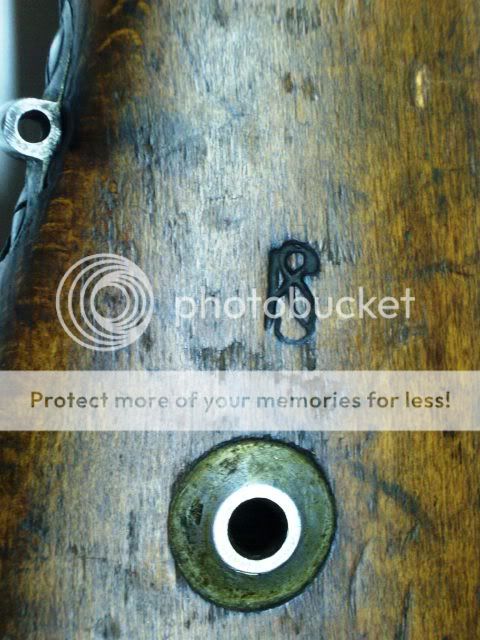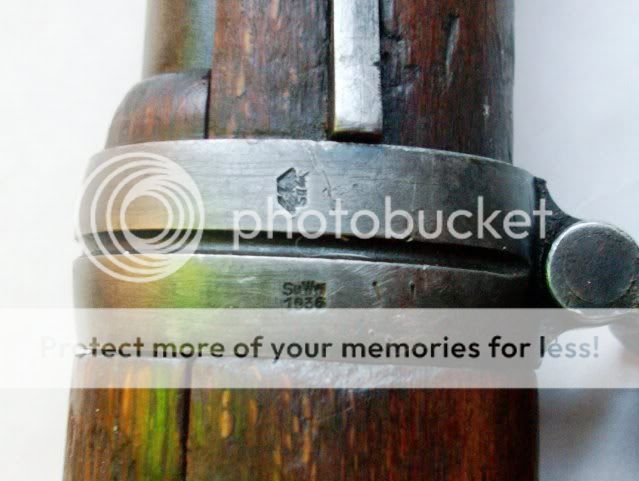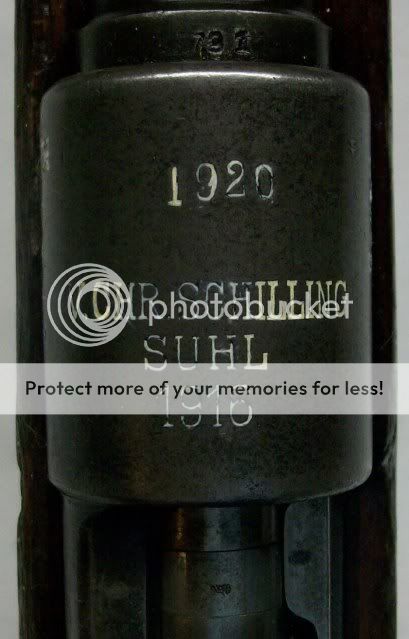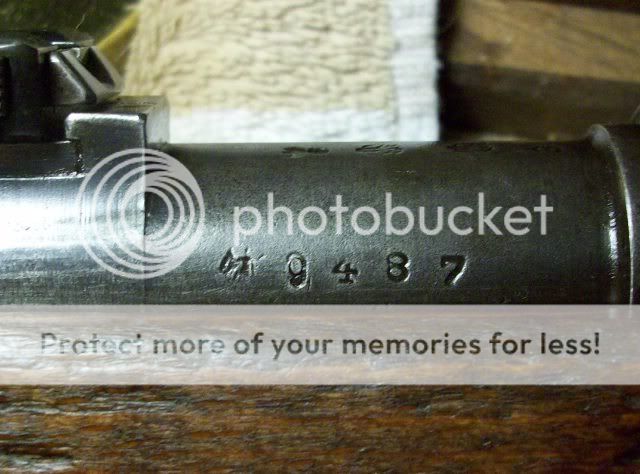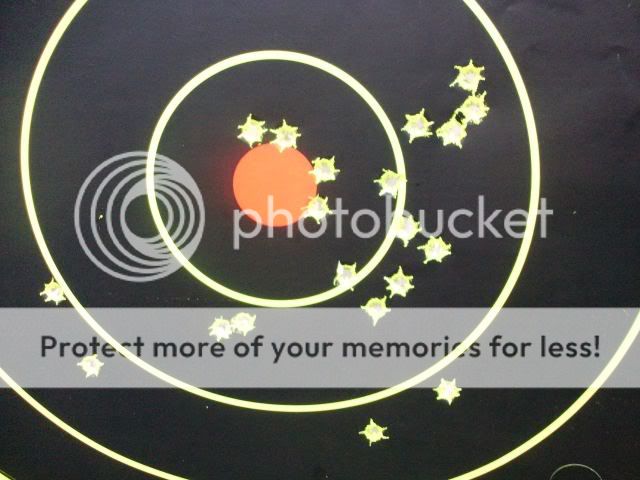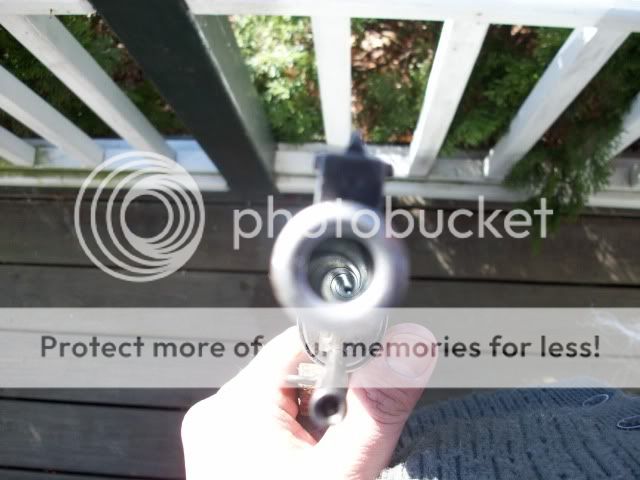How many times have we heard "If only it could talk" when admiring a war weary milsurp?
So when I was asked on another forum, I tried my best to interpret the message from my recent Finn Mosin find. My '21 SA marked Izhevsk Dragoon.

What would your milsurp say to you?
So when I was asked on another forum, I tried my best to interpret the message from my recent Finn Mosin find. My '21 SA marked Izhevsk Dragoon.

And if this gun could speak, it would talk of a certain uncertainty, of where the next bullet would fly away from one soldier, or which incoming bullet might be the one that necessitates the passage of the gun on to the next soldier, to again be held in anxious unsurety.
Over three hundred thousand men were killed or went missing during its time of services in both the Winter and Continuation Wars. The Izzy, and many guns like it, would talk of battle and service to God and Country. And today as the pin strikes forward, it can still talk in the same sharp and thunderous tone that once filled the minds, hearts and fears of the defenders at the Mannerheim Line. A frozen time of terror not forgotten by those few survivors of today. But the weapon itself can still elicit wonder and teach history - perhaps hope against hope that a lesson of war's futility might be learned presently.
Today it is collected for the lecture of its past. Admired for its stark, yet decaying appearance. Yes, it still speaks in the awe that it exudes out of the pores of patina and oil soaked fibers. A fine gun. And a finer example of human antiquity in the pursuit of bloody ground possession and strife's controlling desire over a foe on a plot in Olde Western European culture.
As I soaked in its historical significance and steadied sights across the sandbag rests last week, "KABOOM!", it said on Sunday.
What would your milsurp say to you?

![Smile [smile] [smile]](/xen/styles/default/xenforo/smilies.vb/001.gif)
